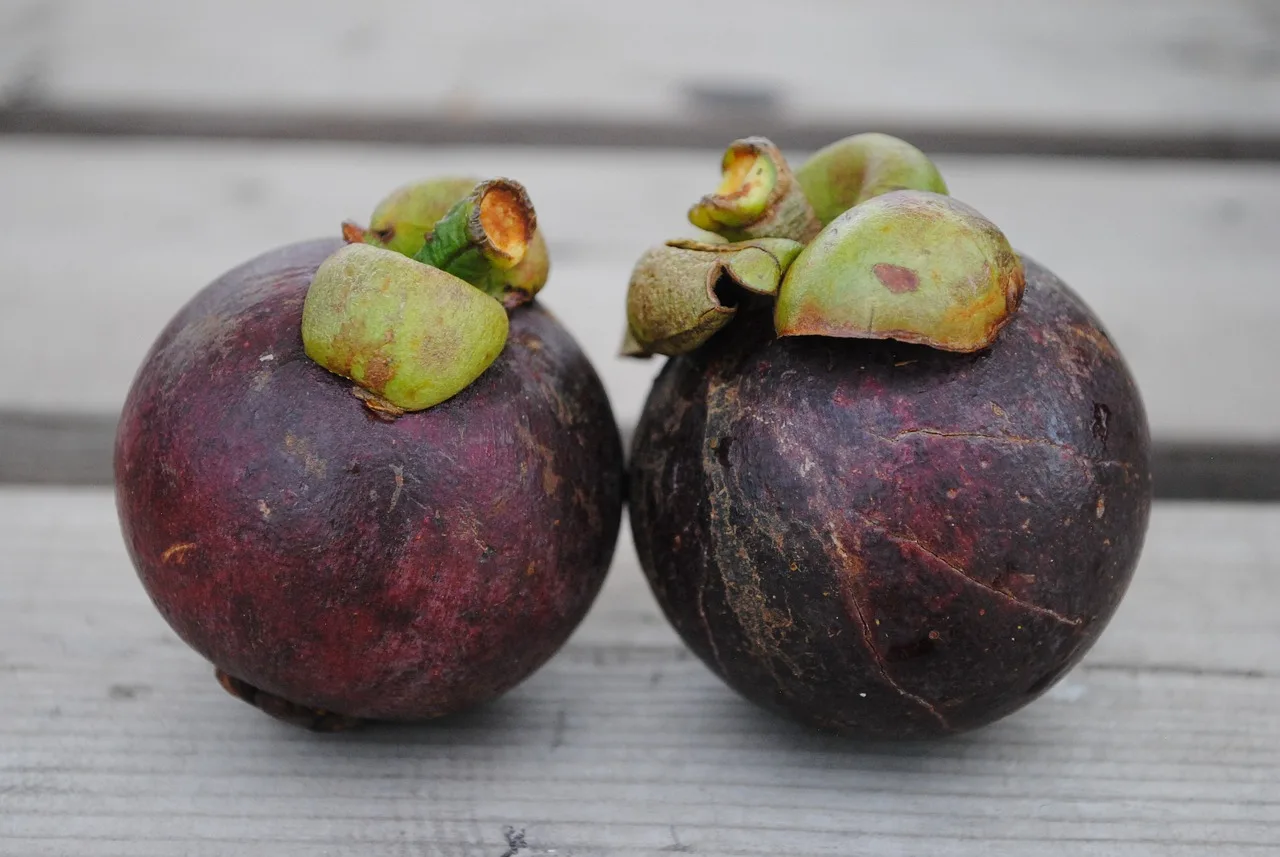
Mangosteen, known as the “queen of fruits,” is a tropical fruit native to Southeast Asia. With its vibrant purple exterior and deliciously sweet and tangy flesh, it’s no wonder why this fruit has gained popularity worldwide. However, determining whether a mangosteen is ripe can be a bit of a challenge. In this article, I will guide you through the process of identifying a ripe mangosteen, from its physical characteristics to its taste and smell indicators. By the end of this article, you’ll be able to confidently choose the perfect, ripe mangosteen every time.
How to Identify a Ripe Mangosteen
When it comes to determining if a mangosteen is ripe, there are several factors to consider. The physical characteristics, visual cues, smell, touch, and taste all play a crucial role in assessing the ripeness of this exotic fruit. Let’s delve into each of these aspects in detail.
Physical Characteristics of a Ripe Mangosteen
A ripe mangosteen should have a deep purple rind that is firm but slightly yielding to the touch. The rind should feel smooth and glossy, without any visible blemishes or bruises. Additionally, a ripe mangosteen will feel heavy for its size, indicating a juicy and succulent interior. By inspecting the physical appearance of the fruit, you can get a good initial idea of its ripeness.
Visual Cues to Determine if a Mangosteen is Ripe
Apart from the physical characteristics, there are specific visual cues that can help you determine if a mangosteen is ripe. Look for a well-rounded shape, with no flat or sunken areas. The calyx, or the stem-like structure at the top of the fruit, should be green and fresh-looking. Avoid mangosteens with dried or shriveled calyxes, as this indicates overripeness. Additionally, examine the rind for any signs of mold or discoloration. A ripe mangosteen should have a vibrant purple color, indicating its readiness to be enjoyed.
Smell and Touch Indicators of Ripeness in Mangosteen
The aroma of a ripe mangosteen is often described as a delicate blend of sweetness and citrus. To determine if a mangosteen is ripe, bring it close to your nose and take a gentle sniff. If you detect a pleasant, fragrant scent, it’s a good indication that the fruit is ripe. Additionally, gently press the rind between your fingers. A ripe mangosteen will have a slight give but should not be too soft or mushy. The skin should bounce back after applying gentle pressure. These smell and touch indicators can help you assess the ripeness of a mangosteen before even taking a bite.
Taste Test: How to Know if a Mangosteen is Ripe
The ultimate test of a ripe mangosteen lies in its taste. The flesh of a ripe mangosteen should be soft, juicy, and bursting with flavor. To determine the ripeness, take a small bite or cut the fruit open. The segments should be white and plump, with a texture similar to a ripe grape. The taste should be a delightful combination of sweetness and acidity, with no bitterness. If you experience a sour or bland taste, the mangosteen is likely not yet ripe. Remember, the best mangosteens have a perfect balance of sweetness and tanginess.
Common Misconceptions about Ripeness in Mangosteen
There are several common misconceptions about determining the ripeness of a mangosteen. One misconception is that the darker the rind, the riper the fruit. While a vibrant purple color is an indicator of ripeness, a completely black rind is a sign of overripeness. Another misconception is that the number of petals on the calyx corresponds to the number of segments inside. However, this is not true. The number of petals can vary and does not affect the taste or ripeness of the fruit. It’s important to be aware of these misconceptions to ensure you choose the perfect, ripe mangosteen.
How to Store Ripe Mangosteen
Once you’ve determined that a mangosteen is ripe, it’s essential to store it properly to maintain its freshness. Store ripe mangosteens in the refrigerator, preferably in a plastic bag or container to prevent moisture loss. They can typically last up to a week when stored correctly. However, for the best flavor and quality, it’s recommended to consume them as soon as possible after ripening.
FAQs about Determining Mangosteen Ripeness
Q: Can I ripen a mangosteen after picking? A: No, mangosteens do not continue to ripen after they are harvested. They should be picked when fully ripe.
Q: Are the seeds inside a ripe mangosteen edible? A: No, the seeds inside a ripe mangosteen are not typically consumed. They are large and bitter, so it’s best to discard them.
Q: Can I rely solely on the color of the rind to determine if a mangosteen is ripe? A: While the color of the rind is an important indicator, it should not be the sole factor in determining ripeness. It’s best to consider all the physical characteristics, smell, touch, and taste.
Conclusion
Unlocking the secrets of determining if a mangosteen is ripe requires a combination of visual cues, smell and touch indicators, and a taste test. By carefully examining the physical characteristics and using your senses, you can confidently select a ripe mangosteen for a delightful culinary experience. Remember, the perfect mangosteen should have a vibrant purple color, a fragrant aroma, a slightly yielding rind, and a balance of sweetness and tanginess in its flesh. So, the next time you come across this exotic fruit, put your newfound knowledge to the test and enjoy the juiciness and delectable flavors of a perfectly ripe mangosteen.






